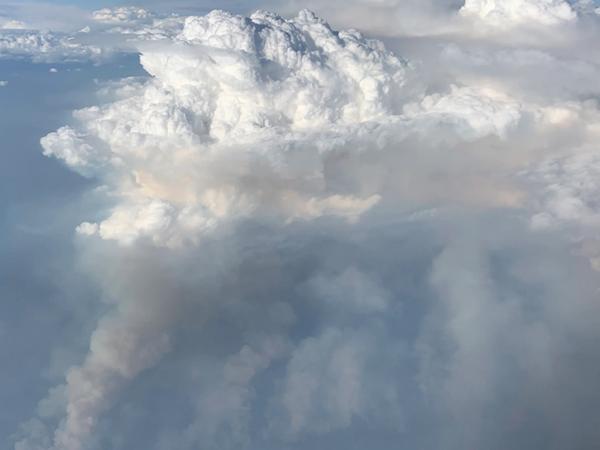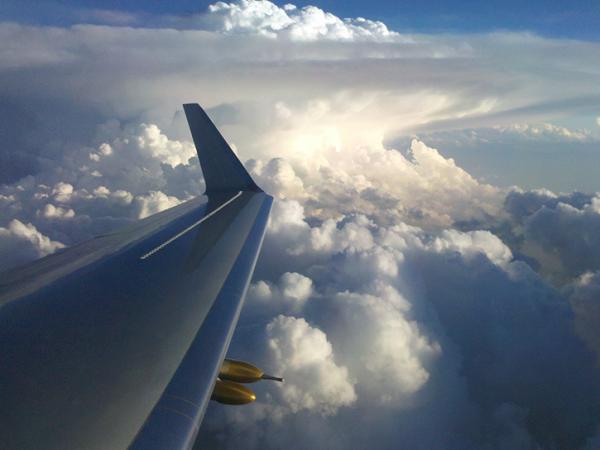MC3E used a new multi-scale observing strategy with the participation of a network of distributed instruments (both passive and active). The objective was to document and monitor in 3D not only precipitation, but also clouds, winds, and moisture in an attempt to provide a holistic view of convective clouds, their environment, and associated feedback. A goal was to synergistically measure cloud and precipitation characteristics with environmental quantities that are important for remote sensing and retrieval of precipitation characteristics from space, and convective parameterization in large-scale models and cloud-resolving model simulations. This was accomplished through the deployment of several different elements that complemented the existing (and soon to become available) ARM facilities: a radiosonde network, NASA scanning multi-parameter radar systems at three different frequencies (Ka/Ku/S), NASA high-altitude remote sensing and in situ aircraft, wind profilers, and a dense network of surface disdrometers.
In addition to these special MC3E instruments, there was important new instrumentation at the ARM site including: three networked scanning X-band radar systems, four wind profilers, a C-band scanning radar, a dual-wavelength (Ka/W) scanning cloud radar, a Doppler lidar, and upgraded vertically pointing millimeter cloud radar (MMCR) and micropulse lidar (MPL).
The ARM Climate Research Facility and NASA Precipitation Measurement Missions have been gathering long-term observations of clouds and precipitation for many years. MC3E offered the opportunity to improve our understanding of the physics of precipitating cloud systems in the Central U.S. towards the goal of improving the modeling of these systems and the measurement of their associated rainfall from space. Furthermore, it is expected that lessons learned from this campaign will foster improvements in long-term remote sensing of precipitating cloud systems for both ARM and NASA GPM for many years to come.


